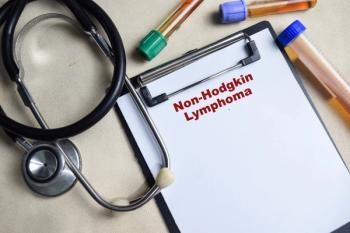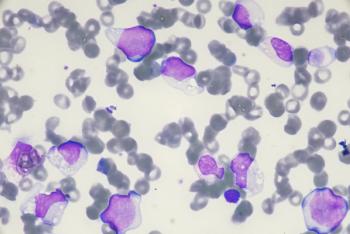
Stem cell therapy shows promise for COPD, but questions remain
Autologous stem cell therapy may offer hope for patients with COPD. But some say caution is necessary.
Autologous stem cell therapy may offer hope for patients with chronic obstructive pulmonary disease (COPD).
An autologous transplant-or rescue-is a type of transplant that uses the person's own stem cells.
Since 2013, more than 5,000 patients have received autologous stem cell therapy at Regenerative Medicine Solutions’ Lung Institute clinics.
St. Louis“We believe stem cell therapy is the first breakthrough in pulmonary medicine in a long, long time,” says Jimmy St. Louis, CEO of Regenerative Medicine Solutions, a medical management company in the field of regenerative medicine. “We also believe that our ability to reduce the patient’s inflammation and reduce the symptoms of COPD is the future of COPD treatment.”
Stem cells are harvested from either the patient’s blood or bone marrow, then isolated, reconcentrated and readministered onsite through an IV. Treatment is scheduled over two consecutive days and each session lasts 15 to 30 minutes.
Program results
“About 85% of our patients report an improvement in their quality of life, which includes anecdotally being happier, walking up the stairs, riding a horse, and going on bike rides,” St. Louis says. “There are also scientific measurements, including an improvement in pulmonary function in many patients.”
Additionally, approximately 25% of patients elect follow-up treatments, spaced six months apart.
“COPD has a number of different stages,” St. Louis says. “We, of course, see a higher level of success for people who are earlier on in their COPD diagnosis. We have seen as much as a 60% improvement in pulmonary function.”
The primary focus of treatment is to reduce the inflammation of the lungs. “When the stem cells are administered through an IV, they pass through a pulmonary track,” St Louis explains. “We have coined the phrase the ‘pulmonary trap,’ which essentially captures the stem cells where they are most needed in the patient’s body. Those stem cells and growth factors will then be effective at reducing inflammation.”
Regenerative Medicine Solutions has several ongoing clinical studies, as well as an application pending with the National Institutes of Health and pending Joint Commission accreditation.
The company will likely soon begin to partner with a variety of pulmonologists to expand its treatment, says St. Louis.
Calls for caution
“The concept of stem cell therapy has great potential,” says MeiLan King Han, MD, an associate professor of pulmonary medicine at the University of Michigan in Ann Arbor and a spokesperson for the American Lung Association. “Our therapies for COPD focus on opening up the airways and reducing inflammation. However, none of our current therapies have the capacity to regenerate cells that are damaged or lost.”
Han says that if the lung could be regenerated, “it is possible that lung function could be improved, symptoms improved, exacerbation therapy reduced and even life extended.”
Unfortunately, though, there is little to no data about the short- or long-term effects of administering “any type of currently available stem cell therapies to patients to treat lung disease,” Han says. “Patients may come across information on the Internet about stem cells being given to patients with lung disease. But I, along with the American Lung Association and American Thoracic Society, would caution patients to carefully consider the claims of benefit being made by any of these programs, as they have not been substantiated or reviewed by expertise in the field or any regulatory agency.”
In general, “many of the existing programs are characterized by exorbitant fees, misrepresentation of risks and benefits, over-reliance on patient testimony, poor patient follow-up and lack of regulatory oversight and objective clinical evidence for claimed benefits,” Han says.
Currently, only a small number of appropriately regulated clinical trials examining stem cell therapies are available, according to Han. “My hope is that more, well conducted research continues, so that we can find cures for patients with COPD.”
Newsletter
Get the latest industry news, event updates, and more from Managed healthcare Executive.





















































